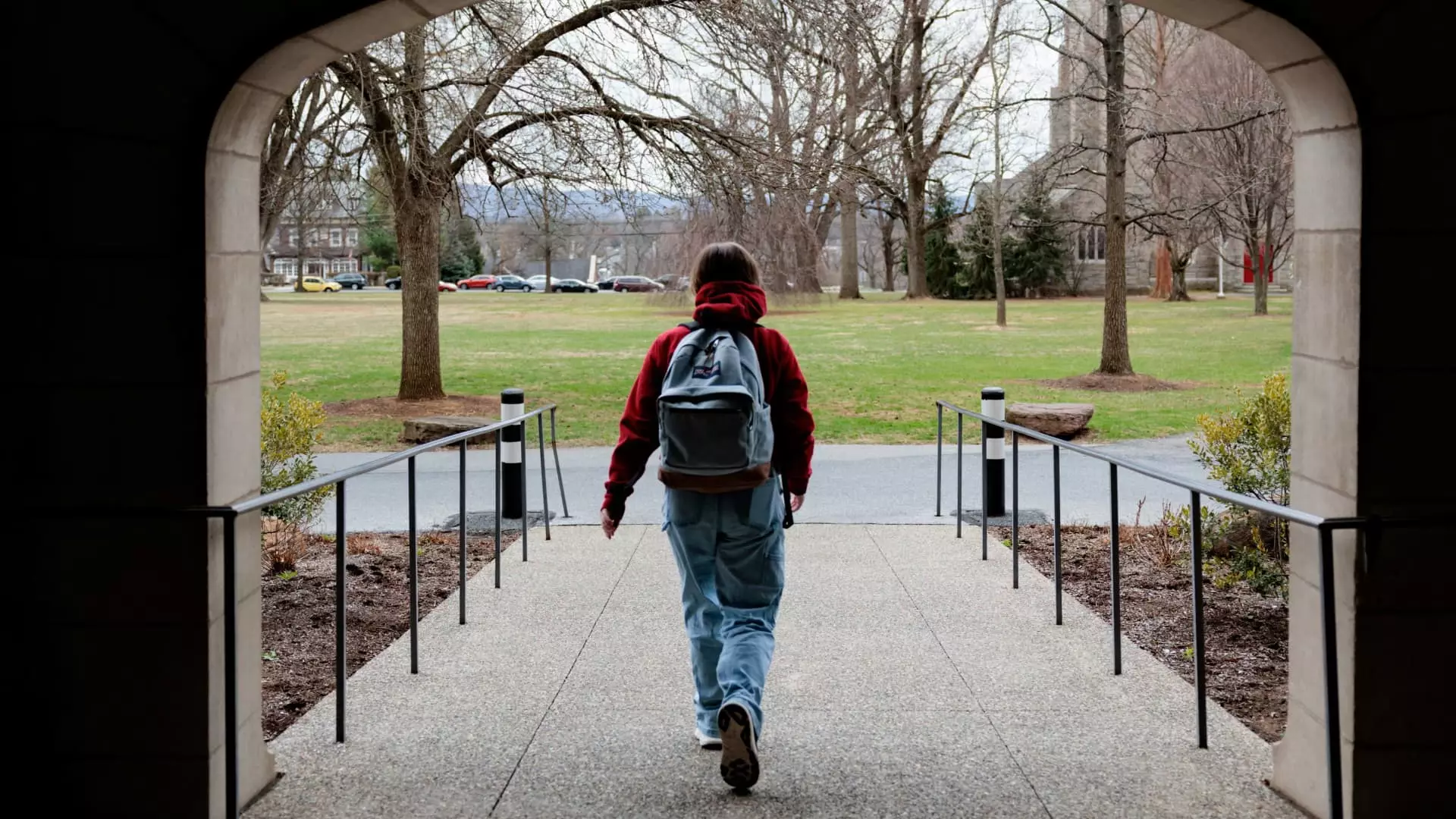The recent decision by the U.S. Department of Education to reopen applications for income-driven repayment (IDR) plans may have been made with the intent to provide relief for federal student loan borrowers, yet it stands as a frustrating reminder of an inconsistent policy landscape. Millions of borrowers are seeking stability amidst an ever-changing bureaucratic environment, and the reopening of IDR applications underlines significant flaws in how these repayment programs are managed.
Initially shut down by the Trump administration earlier this year, the applications’ reintroduction has come about largely due to pressure from consumer advocacy groups and mounting criticism from affected borrowers. The pause was reportedly based on a court order affecting the Biden administration’s newer IDR structure, which raises eyebrows about the broad interpretation of legal rulings in areas crucial for borrower assistance. Advocates argue that such decisions should not be construed to halt the essential services that enable millions to manage their debt.
Complexities of the IDR Plans
Income-driven repayment plans were established in the 1990s with noble intentions—primarily that of making student debt more manageable. However, as it stands, they represent a convoluted system that is difficult for borrowers to navigate effectively. The three IDR plans available—Income-Based Repayment (IBR), Pay As You Earn (PAYE), and Income-Contingent Repayment (ICR)—not only cap monthly payments but intertwine these limits with a timeline that stretches up to 25 years before loan forgiveness may be considered. This endless loop of payments may appear beneficial on paper, but in practice, it perpetuates a cycle of debt and anxiety.
The multi-layered bureaucracy surrounding these plans leads to a chilling effect on borrowers who hope for a straightforward path toward fiscal responsibility. The promise of eventual loan forgiveness becomes a distant prospect rather than an achievable milestone, leaving many feeling lost and disillusioned. As of September 2024, over 12 million borrowers had opted into IDR plans, showcasing a pressing demand for clarity that these programs have yet to fulfill.
Political Posturing and Its Impact
While the reopening of IDR applications appears to be a positive development, it is imperative to recognize the political theatrics at play. The conflict between the Trump administration and Biden’s newly proposed SAVE plan suggests that the needs of borrowers are secondary to political expediency. This perpetual game of tug-of-war illustrates not only the fragility of reform but also the overarching need for a stable framework to assist those hamstrung by burgeoning student debt.
In a climate where financial literacy is already lacking, the constant alterations to repayment options only serve to further alienate those who rely heavily on these programs. With mounting pressure from advocacy organizations like the American Federation of Teachers, it’s clear that a reevaluation of how IDR plans are implemented is sorely needed. Instead of rolling back provisions or suspending applications at the whim of political interpretations, a more stable and inclusive response is necessary.
As we delve deeper into a predicable future of fiscal challenges, the onus rests on lawmakers to demonstrate accountability and dedication to the millions who turn to these IDR programs for support. Let us hope that this latest round of changes is a precursor to meaningful reform, rather than just another chapter in an ongoing saga of confusion and frustration.

